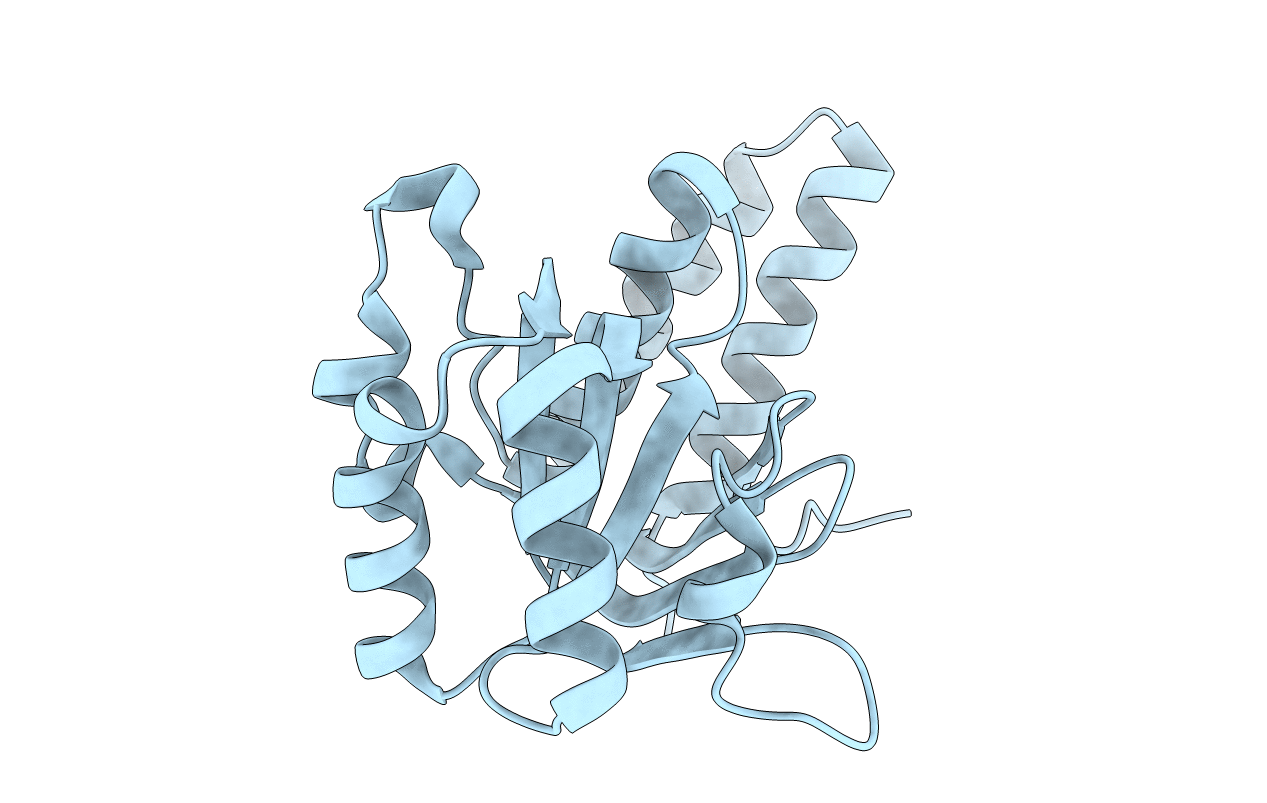
Deposition Date
2002-03-27
Release Date
2002-04-03
Last Version Date
2023-08-16
Method Details:
Experimental Method:
Resolution:
2.06 Å
R-Value Free:
0.25
R-Value Work:
0.19
Space Group:
P 21 21 21


